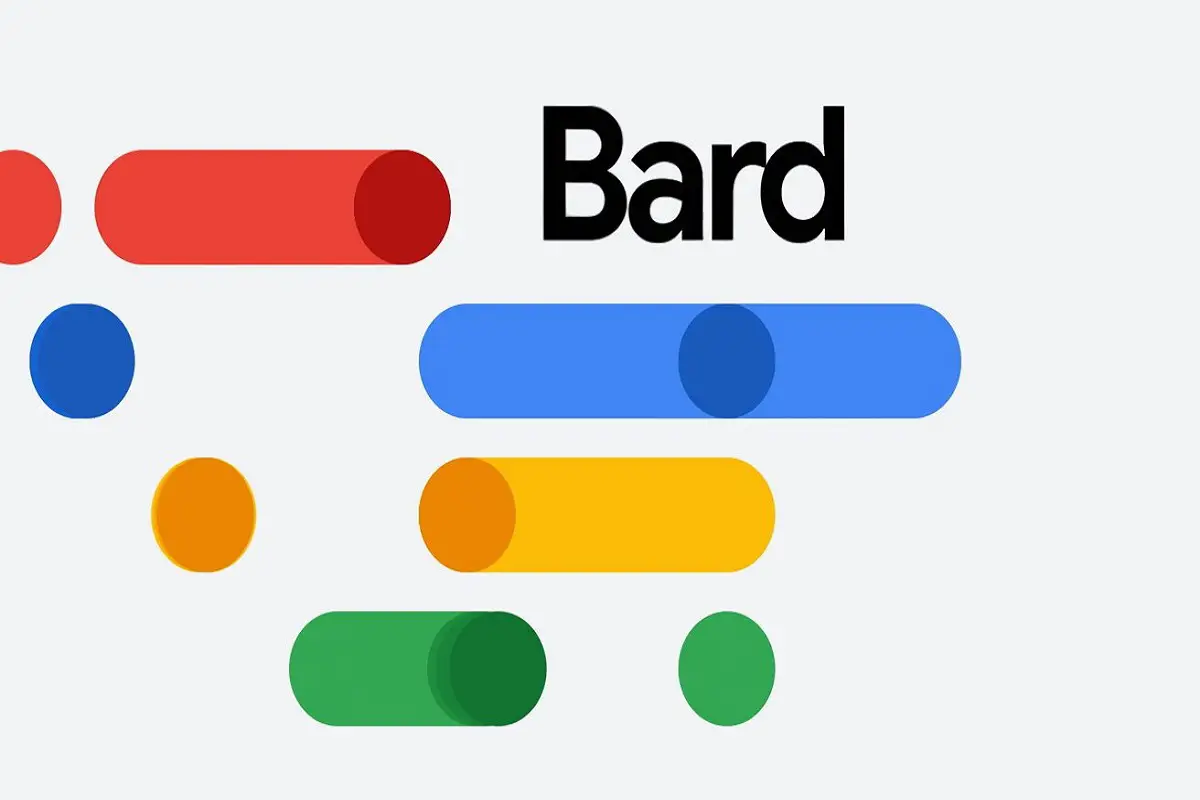Listen to the Podcast:
Google, a large Mountain View-based company, didn’t want to be left out of the Silicon Valley arms race, so it introduced its own chatbot AI, called Bard, to compete with GPT and Claude.
When trained on a lot of text, these big language models can do some pretty cool stuff. OpenAI’s GPT-4 has shown some amazing coding skills, most famously turning a napkin sketch into a functional website.
Specialized AI coding systems like Github’s Copilot (which is powered by OpenAI) and Replit’s Ghostwriter are now publicly available and hold great promise for making programmers more productive.
In recent updates, Google Bard has included a set of coding capabilities that, in addition to providing explanations of what the code does, are intended to help manage a variety of software and program development tasks.
In the AI wars, Microsoft-backed OpenAI and even smaller rivals like Anthropic have put Google in an unusual situation. As of last month, when TechCrunch asked Google Bard, GPT-4, and Claude to write some simple code head-to-head, Bard simply said no. GPT-4 and Claude, on the other hand, wrote code that worked, even if it had some bugs.
Now, Google has released a set of coding functions for Bard that are meant to help with different software and program development tasks and explain what the code does. This can be especially useful for new programmers or programmers trying out a new language or application.
“Since we launched Bard, our experiment allowing it to work alongside generative AI, coding has been one of the top requests from our users,” Paige Bailey, group product manager at Google Research, wrote in a blog post announcing the new functions.
From internal letters, Insider learned that Google’s own engineers had been testing the AI before its release.
Bailey said that Bard can now code in more than 20 different computer languages. TechCrunch said that the polyglot computer can work with C++, Go, Java, Javascript, Typescript, and Python. You can also translate from one language to another. Also, the AI can now write functions for Google Sheets. When you use open source code, you will also give credit to the source.
Bard can not only write code, but also help make it work better.
“In many cases, Bard can also help you optimize your code by making it faster or more efficient,” Bailey said. “Simply respond to Bard’s first output with “Could you make that code faster?” or “Find error handling sections I might have missed.”
AIs are not perfect. Anyone who has asked ChatGPT to do some simple calculations, cite a scientific study, or give them a jailbreak trick knows this. They “hallucinate” which means they just make things up. They also come to the wrong conclusions with the faith of a high school quarterback in a soft conference.
Bailey said: “Bard is still a new experiment and can sometimes give incorrect, misleading or false information in a safe way.” “When it comes to coding, Bard can give you code that works but doesn’t do what you want it to do, or code that isn’t the best or complete.”
Bailey said that before you add the chatbot code, you should double check it and look for any bugs or security holes. Bard can fix bugs in code, even his own. Just tell it something went wrong and ask it to try to fix it, and the AI will do the best it can.
Bailey said, “Now that we have new coding skills, we’re excited to use generative AI to speed up software development, spur innovation, and help people solve tough engineering problems.”
Subscribe to our latest newsletter
To read our exclusive content, sign up now. $5/month, $50/year
Categories: Technology
Source: vtt.edu.vn
